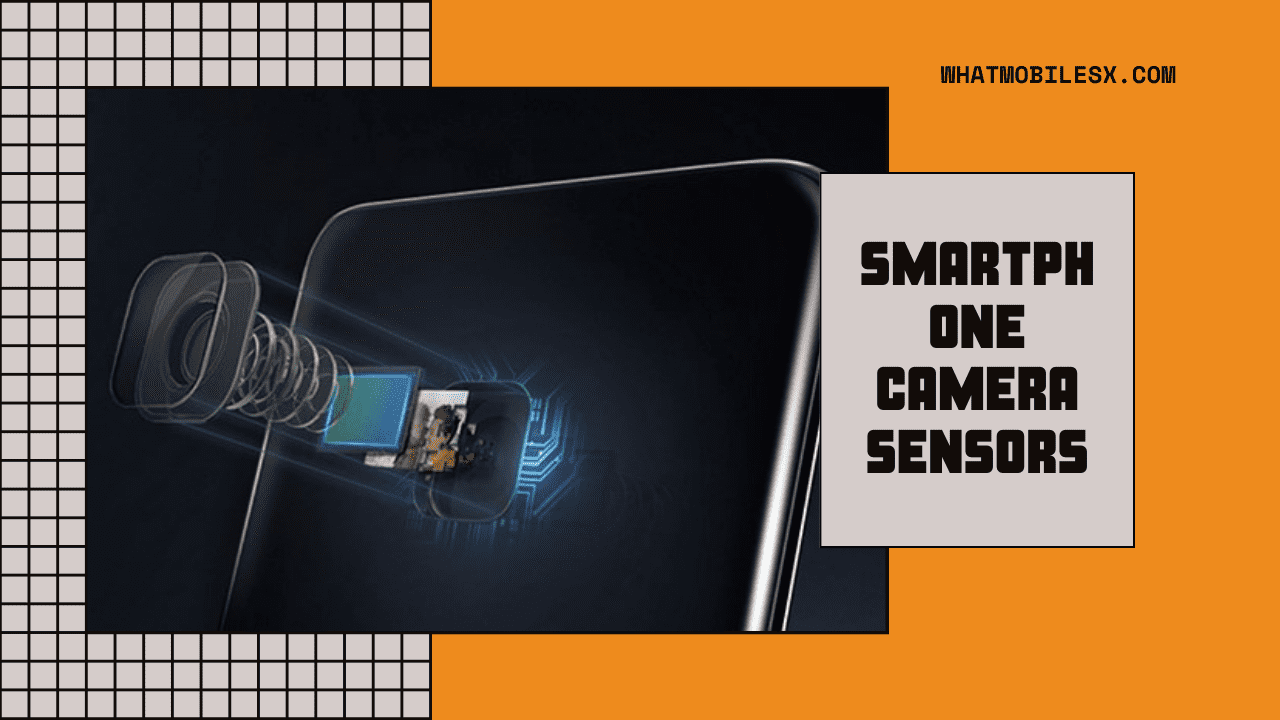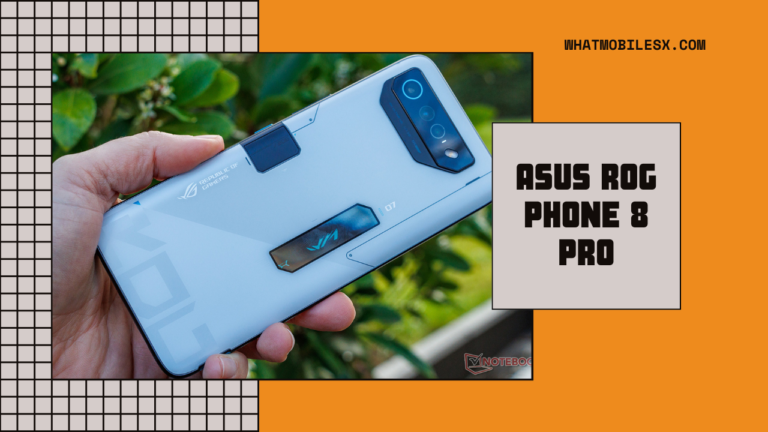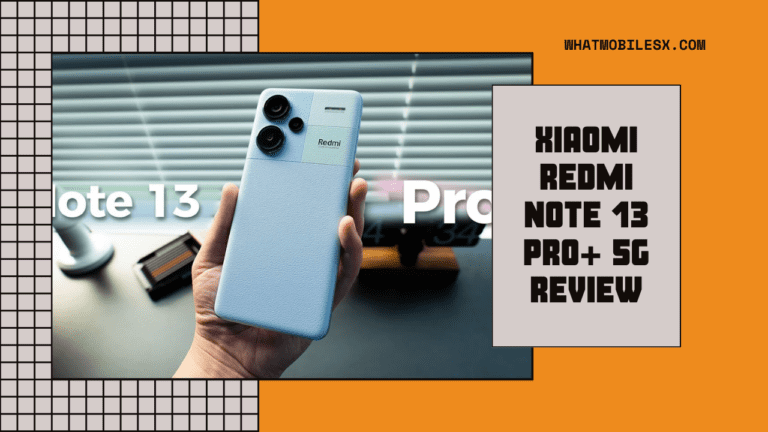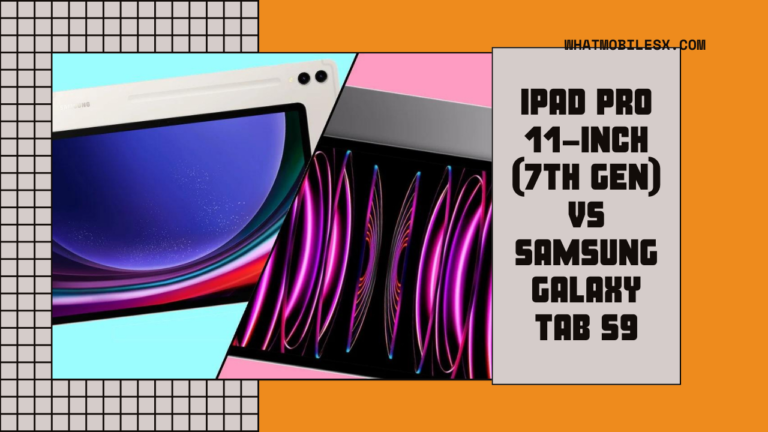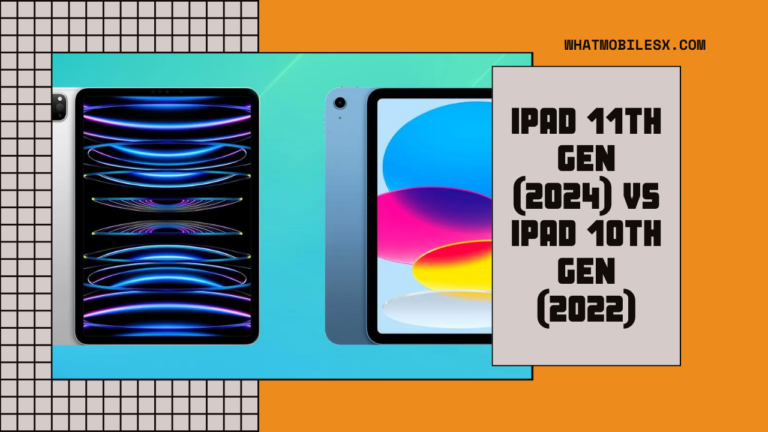Smartphone Camera Sensors: Unraveling the Magic Behind Your Photos
Smartphone Camera Sensors: Disentangling the Enchanted Behind Your Photographs
Smartphone Camera Sensors-In a world overwhelmed by strong smartphones, the capacities of these pocket-sized gadgets are boundless.
The present smartphones are not just fit for sending off all the Apollo missions to the Moon in an imaginary situation; however, they could likewise catch shocking photographs and recordings on the Moon’s surface, fit to be shared on Instagram.
Yet, what makes these smartphones so adroit at photography? The innovation behind present-day smartphone cameras, from sensors to refined programming calculations, is a wonder. Whether you’re a novice photographic artist or a professional producer, smartphones have become the go-to device for catching pictures in each possible situation.
The Development of Camera Telephones
We should take a fast excursion through history to see the value of developing camera telephones. The principal patent for a camera telephone traces back to 1994, with the primary business camera telephone, the Kyocera VP-210, presented in May 1999. Quick forward 25 years, and we currently have 1-inch smartphone sensors, stacked sensors, and double-layer semiconductor pixel plans, and that’s just the beginning.
Regardless of the fast progressions, the major innovation that catches the light and changes it into an electrical sign remains at the centre.
Revealing the CMOS Sensor
The CMOS sensor is at the core of smartphone camera innovation, representing the Corresponding Metal-Oxide Semiconductor. Concocted in 1968, this innovation highlights photodiodes that catch light, transforming them into electrical signs, with semiconductors enhancing them. Known as dynamic pixel sensors (APS), each photodiode has a devoted semiconductor that intensifies the sign.
The early CMOS, or front-side enlightenment (FSI) sensors, represented a test with metal hardware blocking light and bringing about more obscure pictures. The progress to rear enlightenment (BSI) sensors, where the photodiode sits over the wiring and close to the focal point, denoted a critical improvement. The iPhone 4 was one of the trailblazers including this plan.
Ascent of Stacked CMOS Sensors
Around 2008, engineer Taku Umebayashi of Sony Semiconductor Arrangements Company upset the CMOS sensor plan by presenting stacked CMOS sensors. This plan isolated the circuit segment from the photodiode, permitting more space for the photodiode to catch light. The first financially accessible stacked CMOS sensor, sent off by Sony in 2012, denoted a defining moment in computerized photography.
Umebayashi’s notable development procured him lofty honours, including the 2016 Public Innovation Grant and the 2020 Decoration with Purple Strip. At first a bet, Sony’s choice to incorporate stacked CMOS sensors in its Xperia Z line of smartphones paid off, making Sony the market chief with a stunning 42% offer in 2022.
Double Layer Semiconductor Pixel Plan: A Jump Forward
In 2021, Sony Semiconductors presented another game-evolving development: the double-layer semiconductor pixel CMOS sensor. This innovation moved the semiconductor part underneath the photodiode, extending the surface to catch the light. The outcome? Improved powerful reach, low-light awareness, and diminished commotion.
Portrayed as the “world’s initial 2-layer semiconductor pixel CMOS sensor,” this cutting-edge innovation led to leader telephones like the Sony Xperia 1 Imprint V and other outstanding gadgets under the rebranded Sony LYTIA sensors setup.
The Fate of Smartphone Cameras
In the expressions of computerized photography specialists, “what’s in store is stacked.” Stacked CMOS sensor innovation keeps on moulding the scene of smartphone photography. As we look forward, we can expect to see this innovation coordinated into more lead and midrange telephones. What lies past? Only time will divulge the following section on the extraordinary excursion of smartphone camera development.
Further Bits of knowledge and FAQs: Disentangling the Universe of Smartphone Camera Sensors
Investigating the Profundities: Extra Data on CMOS Sensors
Subcategories of CMOS Sensors
Inside the domain of CMOS sensors, two key subcategories assume an urgent part in upgrading smartphone camera capacities:
Front-Side Enlightenment (FSI) versus Posterior Brightening (BSI): The shift from FSI to BSI sensors denoted a huge jump in smartphone camera innovation. With the photodiode situated over the wiring, BSI sensors improved light catch. They made it ready for clearer, clearer and more brilliant pictures.
Stacked CMOS Sensors: Taku Umebayashi’s development of stacked CMOS sensors raised smartphone photography by isolating the circuit area from the photodiode. This advance improved low-light awareness, diminished commotion, and extended the opportunities for smaller yet stronger camera modules.
FAQs: Demystifying Smartphone Camera Innovation
Q1: For what reason are CMOS sensors liked over different advances?
A: CMOS sensors offer a few benefits, including lower power utilization, quicker readout rates, and cost viability. Their adaptability makes them ideal for the minimized plan of smartphone cameras, adding to improved execution and proficiency.
Q2: How does the double-layer semiconductor pixel configuration upgrade picture quality?
A: The double-layer semiconductor pixel configuration, presented by Sony, improves picture quality by moving the semiconductor part underneath the photodiode. This design expands the surface region for the light catch, improving powerful reach, predominant low-light execution, and decreased picture commotion.
Q3: Which job does the ISP (Picture Signal Processing) chip play in smartphone cameras?
A: The ISP chip is an urgent part of the picture catch process. It gets the electrical signs from the CMOS sensor and processes them to produce the last picture or video. High-level ISP chips add to highlights like ongoing HDR, sound decrease, and various amendments.
Q4: Are all smartphone cameras outfitted with stacked CMOS sensors?
Sometimes, stacked CMOS sensors have become progressively common, but not all smartphones include this innovation. Nonetheless, the pattern shows a developing reception of stacked CMOS sensors, particularly in lead and top-of-the-line smartphone models.
Q5: Can smartphone cameras with stacked CMOS sensors supplant customary computerized cameras?
Sometimes, smartphone cameras with stacked CMOS sensors have progressed; they may only partially supplant conventional computerized cameras in specific professional settings. Be that as it may, for ordinary photography and videography, the comfort and compactness of smartphones make them a well-known decision.
Q6: What future developments might we expect at any point in smartphone camera innovation?
A: The fast development of smartphone camera innovation proposes persistent developments. Future headways might incorporate improved computational photography, upgraded man-made intelligence-driven highlights, and novel sensor plans to improve the general photography and videography experience.
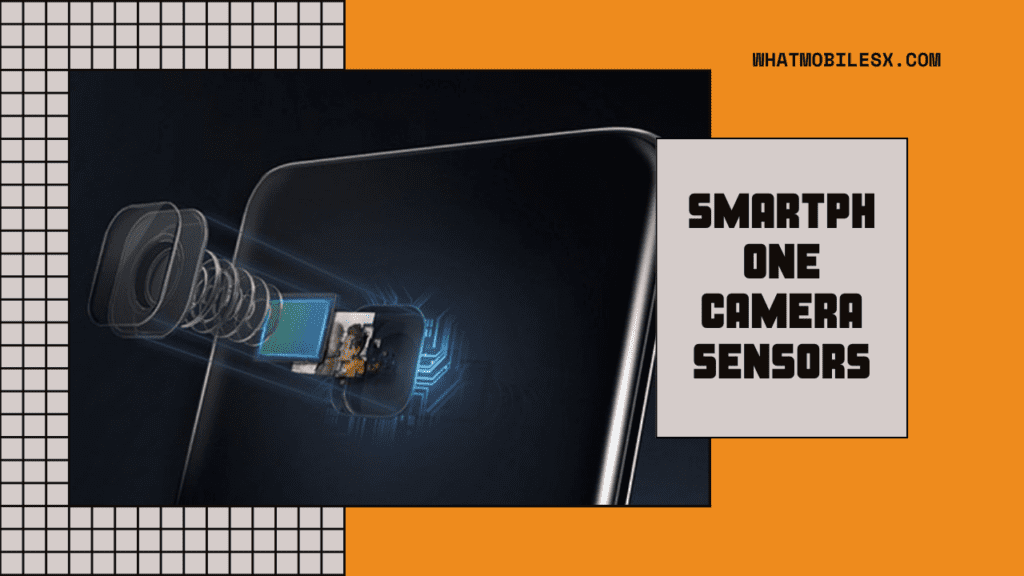
Shutting Considerations
As we explore the multifaceted scene of smartphone camera sensors, development keeps moulding the eventual fate of versatile photography. From the unassuming starting points of camera telephones to the complex stacked CMOS sensors, every headway adds to the mission of catching life’s minutes with unrivalled clearness and innovativeness. The excursion of smartphone camera advancement is dynamic, promising invigorating improvements not too far off.
Go ahead and connect if you have more unambiguous inquiries or, on the other hand, assuming there’s a specific perspective you might want to dig further into!
NEXT

